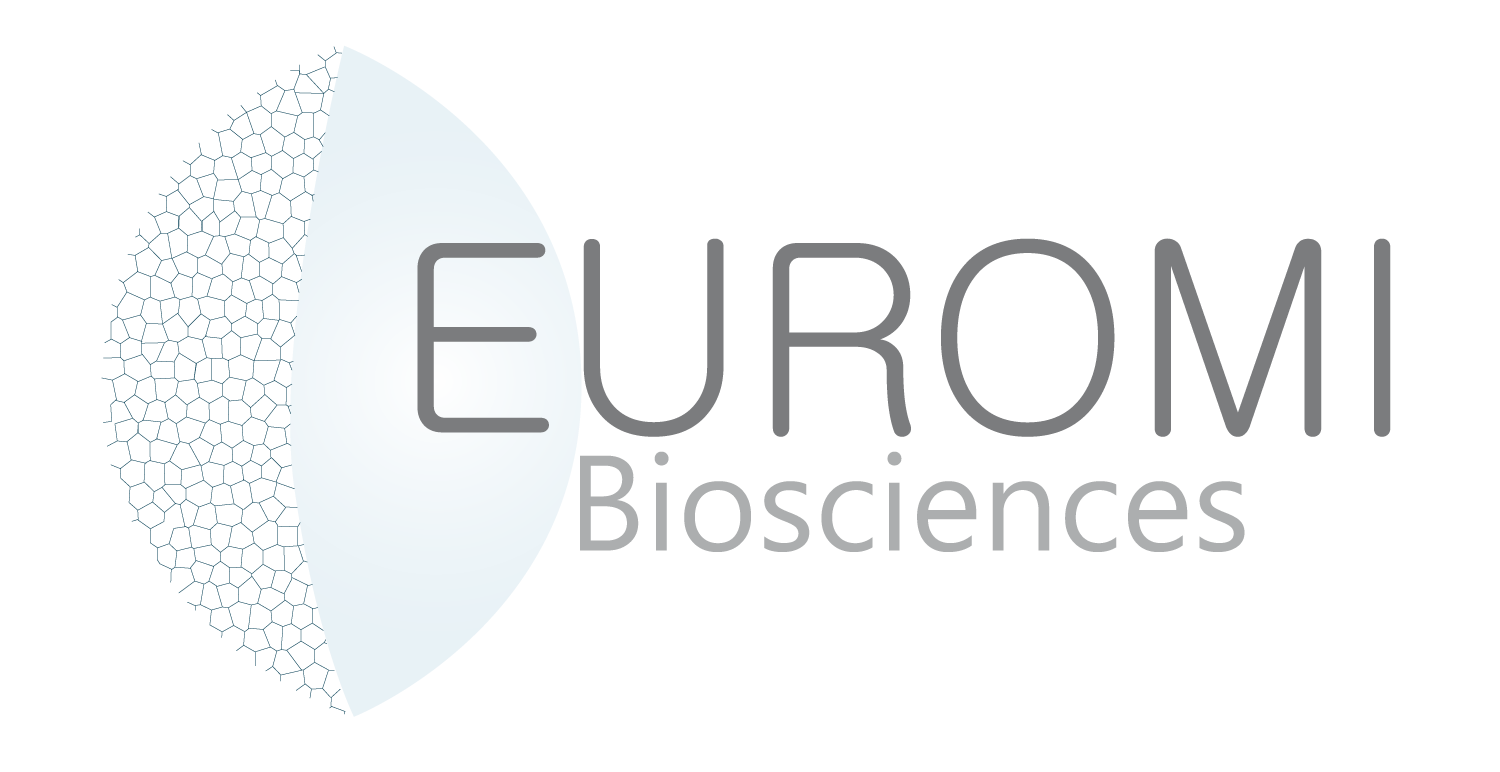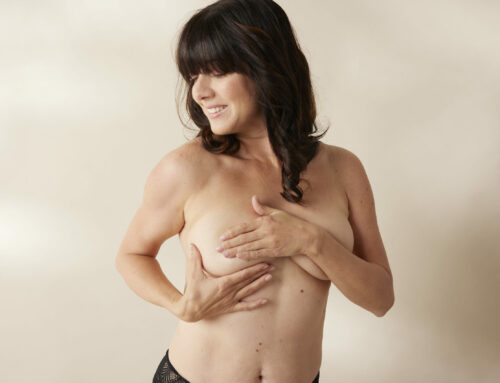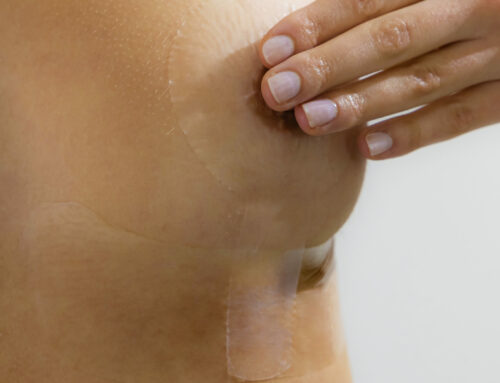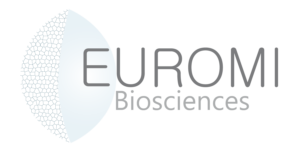Pink October, the Breast Cancer Awareness Month.
1 in 8 women are at risk of developing breast cancer during their life.
Since 2014, the French association « Ruban Rose » has proposed to dedicate the month of October to the fight against breast cancer, in particular through information on early detection, which saves thousands of lives.
We’re joining this movement to help raise awareness for what is not only the most common cancer in women but also the most life-threatening.
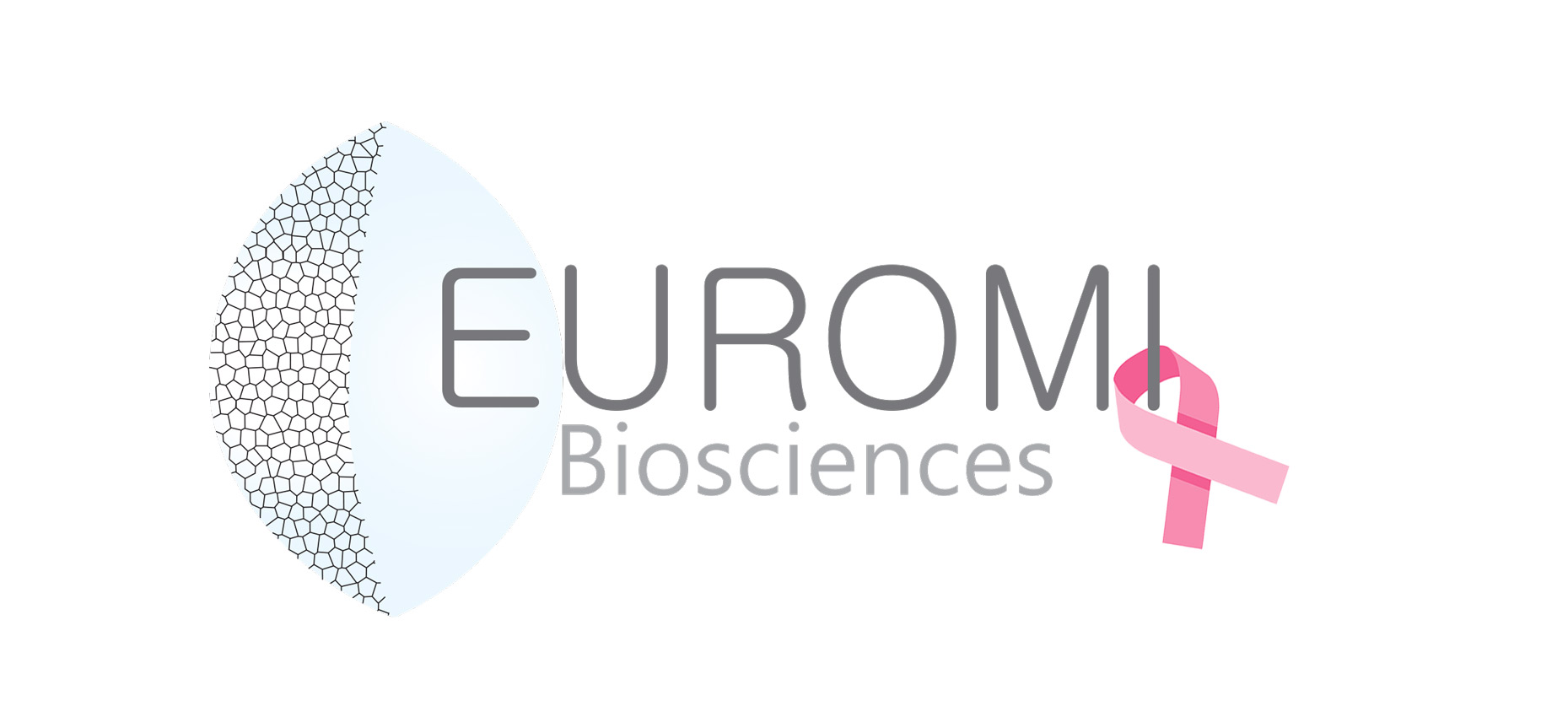
Who is affected by breast cancer?
Anyone can develop breast cancer in their lifetime. However, some factors can have an influence on the occurrence of breast cancer:
- Age: 2/3 of breast cancers occur after 50 years. Before age 35, breast cancer less common.
This is why a mammogram is prescribed every 2 years for all women over the age of 50. This test will detect possible cancer at an early stage and therefore increase the chances of recovery. This exam does not replace the annual breast exam by the attending physician or gynecologist. - Family history: The risk of developing breast cancer is 2 times higher for women whose mother or sister have already had breast cancer. The monitoring of these women will need to be further increased and it is essential to report this fact to your doctor.
- Genetic factors: Genes predisposed to breast cancer in young women have recently been discovered: one on chromosome 13 (BRCA2), the other on chromosome 17 (BRCA1). Trials to identify these genes are underway in order to further monitor these women and manage them at an early stage.

How can you protect yourself from breast cancer?
It is not yet possible to prevent breast cancer from developing. 1 in 8 women may develop breast cancer in her lifetime.
We know for sure that the sooner breast cancer is detected, the better the chances of recovery are.
Therefore, it is essential to know the examinations and the follow-up to be carried out throughout your life as a woman:
- A self-examination of your breasts, every month, whatever your age:
You should practice it preferably one week after the end of your period or on a set date if you are post-menopausal. The purpose of this self-examination is to detect a lump or any change in the appearance of your breasts. The self-examination is carried out as follows:
-
- With the arm raised, use the tips of the three middle fingers of your free hand to examine the opposite breast.
- Make small circular movements without removing the fingers from your skin.
Examine the whole breast: from the clavicle to the base of the breast and from the sternum to the armpit. - Move upwards and downwards repeatedly.
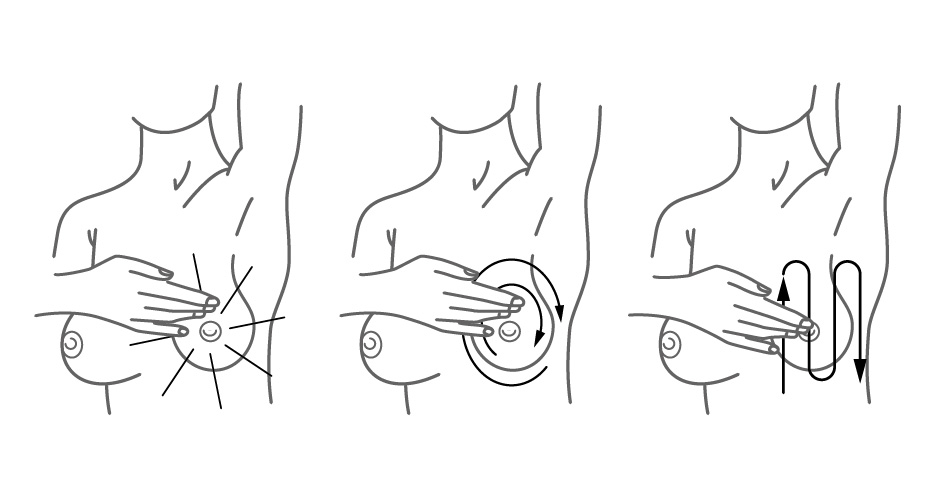
- Medical follow-up by a doctor or gynecologist: at a frequency of once every 6 to 12 months from the age of 30.
- A mammogram: at least once every 2 years from the age of 50.
It is important to know that with early detection, the survival rate for breast cancer is 87% !
What symptoms should I look out for?
You understand by now that the sooner breast cancer is detected, the greater the chances of a successful treatment are.
Careful monitoring makes it possible to identify any changes:
- New lump in the breast or armpit
- Modified shape or size of your breast
- Discharge through the nipple
- Change in the appearance of the skin of the breast or areola (around the nipple).
These visual symptoms are the most common and should be communicated to your doctor.
Source: https://www.cancerdusein.org/octobre-rose/octobre-rose
